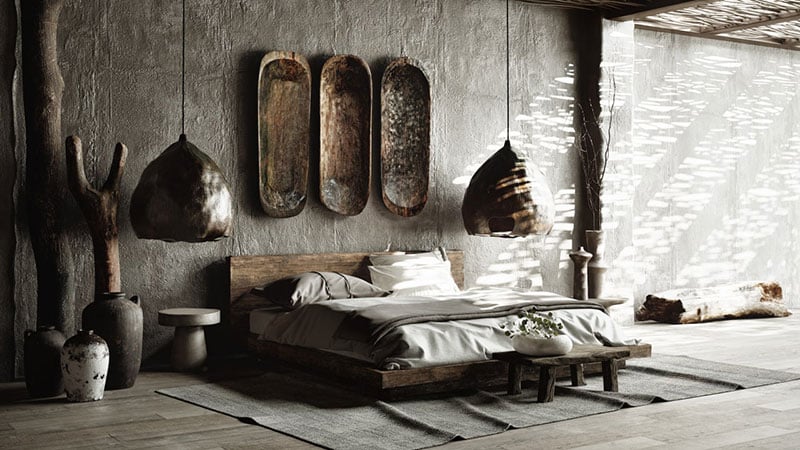Shop At Haya: Your Ultimate Shopping Guide
Discover the best shopping tips, trends, and deals for a smarter buying experience.
When Gray Became the New Beige: A Love Story
Discover the surprising journey of gray as it steals the spotlight from beige in design. Uncover the love story behind this chic transformation!
Understanding the Shift: Why Gray Became the New Beige in Design
The world of design is ever-evolving, and one significant shift in color preference has been the transition from beige to gray. Gray offers a modern, sophisticated alternative to the warmth of beige, making it a popular choice among designers and homeowners alike. This subtle yet impactful change reflects broader trends in minimalism and a desire for calmness in living spaces. As people increasingly seek to create serene environments, the neutral palette provided by gray can serve as a versatile backdrop for various styles, from contemporary to industrial.
Understanding this shift also involves recognizing how gray can serve as a bridge between traditional and modern aesthetics. Unlike beige, which can sometimes feel dated or overly familiar, gray introduces an element of depth and intrigue. It pairs beautifully with bold accent colors, allowing for more personalized expressions of style. This adaptability makes gray the new beige, as it not only complements a variety of design elements but also inspires creativity and innovation in interior spaces.

The Emotional Palette: How Gray Changed Our Perception of Comfort
The evolution of interior design has seen numerous color trends come and go, but few have had such a profound impact on our perception of comfort as gray. Often associated with neutrality and calmness, gray creates a versatile backdrop that can evoke feelings of tranquility and coziness. This paradoxical color allows for the perfect balance between light and dark, making it easier for people to personalize their spaces without overwhelming the senses. As society shifts towards minimalism, gray has become increasingly popular, inviting a sense of peace and sophistication into modern homes.
Interestingly, the emotional palette created by gray is enhanced by its ability to pair harmoniously with other colors. When combined with warm hues, gray can soften a room and promote a feeling of comfort and warmth. On the other hand, pairing it with cooler tones can evoke a sense of crispness and clarity. These combinations highlight how gray is not simply a color choice but a pivotal element in designing an environment that satisfies our emotional needs. Overall, the rise of gray as a staple in interior decor reflects a broader shift in our pursuit of comfort and serenity in an increasingly chaotic world.
Is Gray the New Neutral? Exploring Design Trends and Preferences
As interior design continues to evolve, gray has emerged as a leading contender in the realm of neutrals. Once perceived as a dull alternative, this versatile hue has transformed into a stylish staple, effortlessly integrating into various aesthetics—from modern minimalism to cozy rustic spaces. Its unique ability to complement a wide spectrum of colors makes gray the go-to choice for designers and homeowners alike who seek a canvas that can adapt and enhance their decor. In this article, we delve into the reasons why gray is being lauded as the new standard in neutral palettes.
Contemporary design trends reveal a growing preference for gray over traditional neutrals such as beige and white. With its calming tones and sophisticated undertones, gray not only adds depth to a room but also offers flexibility in accessorizing and styling. Whether used as a backdrop for vibrant artwork or as a foundation for a monochromatic scheme, its dynamic nature allows for personalization and creativity. As we explore these design trends, it becomes clear that gray is more than just a fleeting fad; it represents a shift towards embracing deeper, more thoughtful aesthetics in our living spaces.